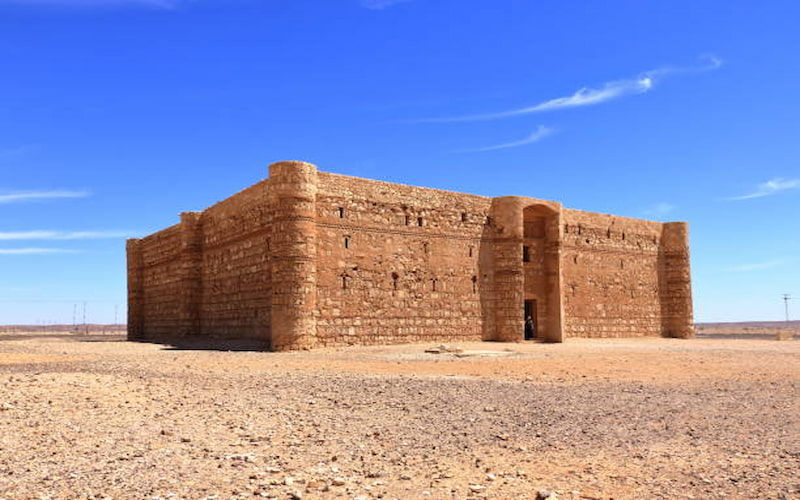Exploring Saudi Arabia: Culture, Heritage, and Modern Attractions
- Adhil
- Jul 18
- 4 min read
Updated: Jul 19
Saudi Arabia, a land of ancient history and rapid modernization, offers an incredible blend of tradition and transformation. From the sun-scorched deserts to futuristic cities, and from age-old traditions to luxury resorts, the Kingdom is emerging as a major global destination. A Saudi Arabia tour is not just a journey through geography—it’s a voyage through time, culture, and modern progress.

A Rich Tapestry of Culture and History
The core of Saudi Arabia is a rich cultural background that is based on Islamic culture and Bedouin ethics. The Kingdom houses two of the most sacred cities in Islam, Mecca and Medina, and they attract millions of pilgrims annually. Although only Muslims can visit these cities, they have historical relevance and spiritual power that define the cultural aspect of the country.
In addition to religion, Saudi Arabia has maintained its Bedouin traditions such as hospitality, music, poetry, and traditional wear. Tourists to Saudi Arabia will enjoy the Saudi hospitality, the aroma of Arabic coffee and dates and the boisterous traditional dances such as the Ardah, a sword dance performed during cultural festivals and celebrations.
Places like Diriyah, the birthplace of the Saudi royal family, provide a view of the origin of the Kingdom. This UNESCO World Heritage site outside Riyadh is being converted to a cultural and lifestyle destination whilst retaining its mudbrick construction and old world charm.
Ancient Wonders and Archeological Treasures
To the history lovers, Saudi Arabia has a number of archaeological sites that are breathtaking taking thousands of years. One of the most outstanding destinations is AlUla in the northwest of the country. It was once a province of the ancient Nabatean kingdom, and it contains Hegra (also called Mada Salih), the first UNESCO World Heritage Site in Saudi Arabia. Hegra is a place with rock-cut tombs, which are well-preserved and much alike those in Petra, Jordan, and is surrounded by dramatic sandstone shapes.
The Rock Art of the Hail Region is another gem that consists of ancient petroglyphs and is 10,000 years old. The carvings feature hunting, dancing and rituals scenes, providing an interesting insight into early human expression of the Arabian Peninsula.
The Emergence of Contemporary Cities
Saudi Arabia lives in the past and at the same time is rushing into the future. The capital Riyadh is a vibrant city that indicates the fast modernization of the country. Tourists have an opportunity to visit giant skyscrapers, luxury malls, art galleries, and lively food scenes. The Kingdom Centre and Al Faisaliyah Tower have fantastic panoramic views of the skyline of the city.
Another large city that is a blend of the old and new is Jeddah which is situated on the Red Sea coast. It has a historic city, Al-Balad, with coral-stone structures and active souks dating back to the 7th century. The Jeddah Corniche and the new Jeddah Tower project, on the contrary, demonstrate the desire of the city to become an innovative center of tourism and business.
The Kingdom has one of the most ambitious projects in its history, the NEOM, or a futuristic city being constructed in the Tabuk Province with a cost of half a trillion dollars. It is projected as a place of innovation, sustainability and luxury life, which demonstrates the desire of the Saudi government to change its economy and image.
Nature and Wild Outings
The landscapes of Saudi Arabia are diverse just like the culture. The Empty Quarter (Rub al Khali) is the biggest single stretch of sand desert in the world. Its golden dunes and its bleak beauty are inspiring, particularly when a person wants to go on an off-the-beaten-path adventure.
For those looking for cooler climates and lush scenery, the Asir Region offers green mountains, terraced farms, and the charming city of Abha. This region contrasts sharply with the desert, making it a refreshing retreat during summer months.
The Red Sea coast is fast becoming a prime location for diving and water sports. With coral reefs, clear waters, and abundant marine life, it rivals some of the world’s most popular diving destinations. The Red Sea Project, part of Saudi Arabia’s Vision 2030 plan, aims to develop luxury resorts and sustainable tourism experiences along the pristine coastline.
Cultural Events and Festivals
Saudi Arabia’s evolving cultural scene is being celebrated through numerous events and festivals. The Riyadh Season and Jeddah Season are entertainment extravaganzas featuring international concerts, food festivals, art exhibitions, and sporting events. These festivals are designed to showcase Saudi talent, attract global visitors, and reshape the Kingdom’s image as a destination for leisure and fun.
Visitors can also enjoy the Winter at Tantora Festival in AlUla, where music, heritage, and history come together in a unique desert setting. The event features performances by international artists, hot air balloon rides over ancient sites, and immersive cultural experiences.
A New Era for Tourism
Saudi Arabia is opening its doors to the world in an unprecedented way. With the introduction of the e-visa system, travelers from dozens of countries can now explore the Kingdom more easily than ever before. The government’s Vision 2030 initiative is central to this transformation, with a strong focus on diversifying the economy through tourism.
Whether you’re a spiritual seeker, history lover, nature enthusiast, or luxury traveler, a Saudi Arabia tour promises a rich and rewarding experience. The country’s ability to offer deep cultural authenticity alongside world-class modern attractions makes it a truly unique destination.








Comments